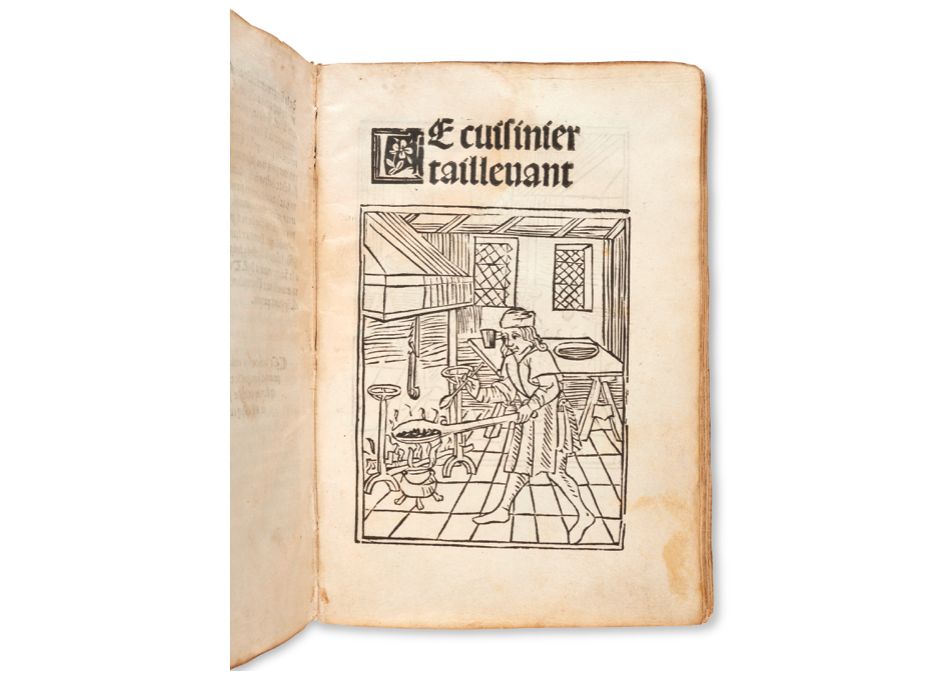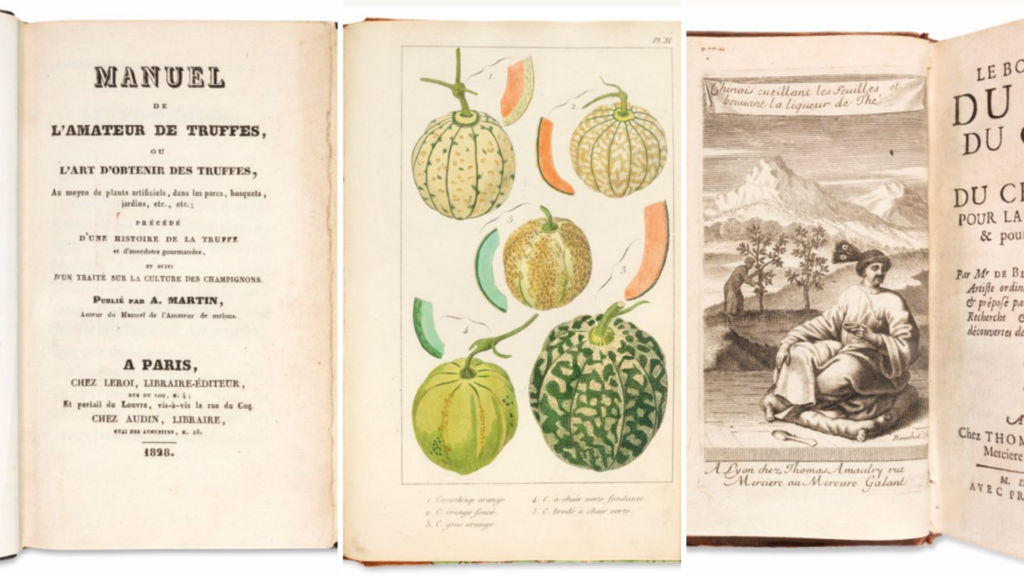More than 200 culinary works with five centuries' worth of gastronomic history – taken from the collection of Belgian baron Pierre de Crombrugghe – will be on display at the Christie's in Paris this month before going up for auction.
The baron's entire collection consists of more than 15,000 items, of which some 200 works will be placed on display between 17 and 22 March at Christie's premises in Paris. An online auction will follow on 23 March.
The works on offer cover many culinary themes and are considered to be among some of the "most complete French language gastronomic collections in private hands."
The books cover techniques such as how to carve meat, bake and make frozen desserts, and specifically look at products such as tea and coffee, wine and truffles. As part of the collection, there are also volumes on how to correctly set a table and the art of folding napkins.
The masterpiece of the library, the Cuisinier Taillevant, or the Viandier, a French recipe book from the late Middle Ages, is generally credited to Guillaume Tirel, known as Taillevent, who was the master chef to the kings of France.

Le cuisinier taillevant. Credit: Christie's
The rare printing, decorated with a large woodcut depicting a cook at the stove, was published in Lyon around 1495 and is considered the first illustrated cookbook in French. The copy on show in Paris, dating back to 1495, is the only complete one to have survived and is said to be worth around €400,000 to €600,000.
Another gem in the collection is a working manuscript consisting of five volumes which reflects the fact that in the 19th century, publications diversified to develop a less rich and more affordable cuisine, making gastronomy more modern.
Related News
- Second Michelin star for Brussels chef Karen Torosyan and the Bozar Restaurant
- Rubens masterpiece returns to Belgium after 200 years
This work, a second edition of the Guide Culinaire d'Escoffier, is still considered today to be the cornerstone of traditional French cuisine, including recipes for sauces, entremets, soups and roasts. A lot of his recipes and how he organised his cuisine can be found in the reference work, which is estimated to be worth between €15,000 and €20,000.

